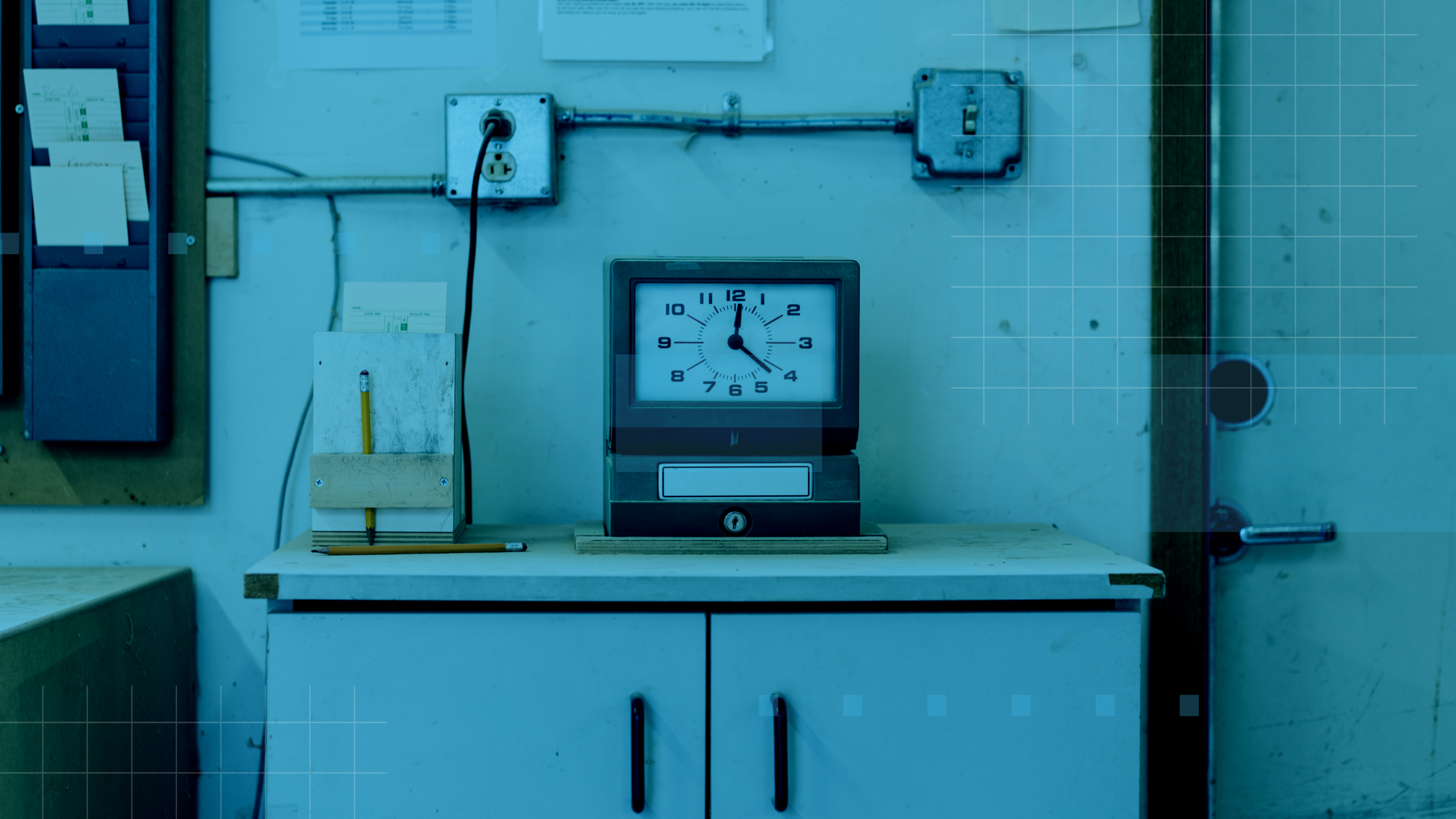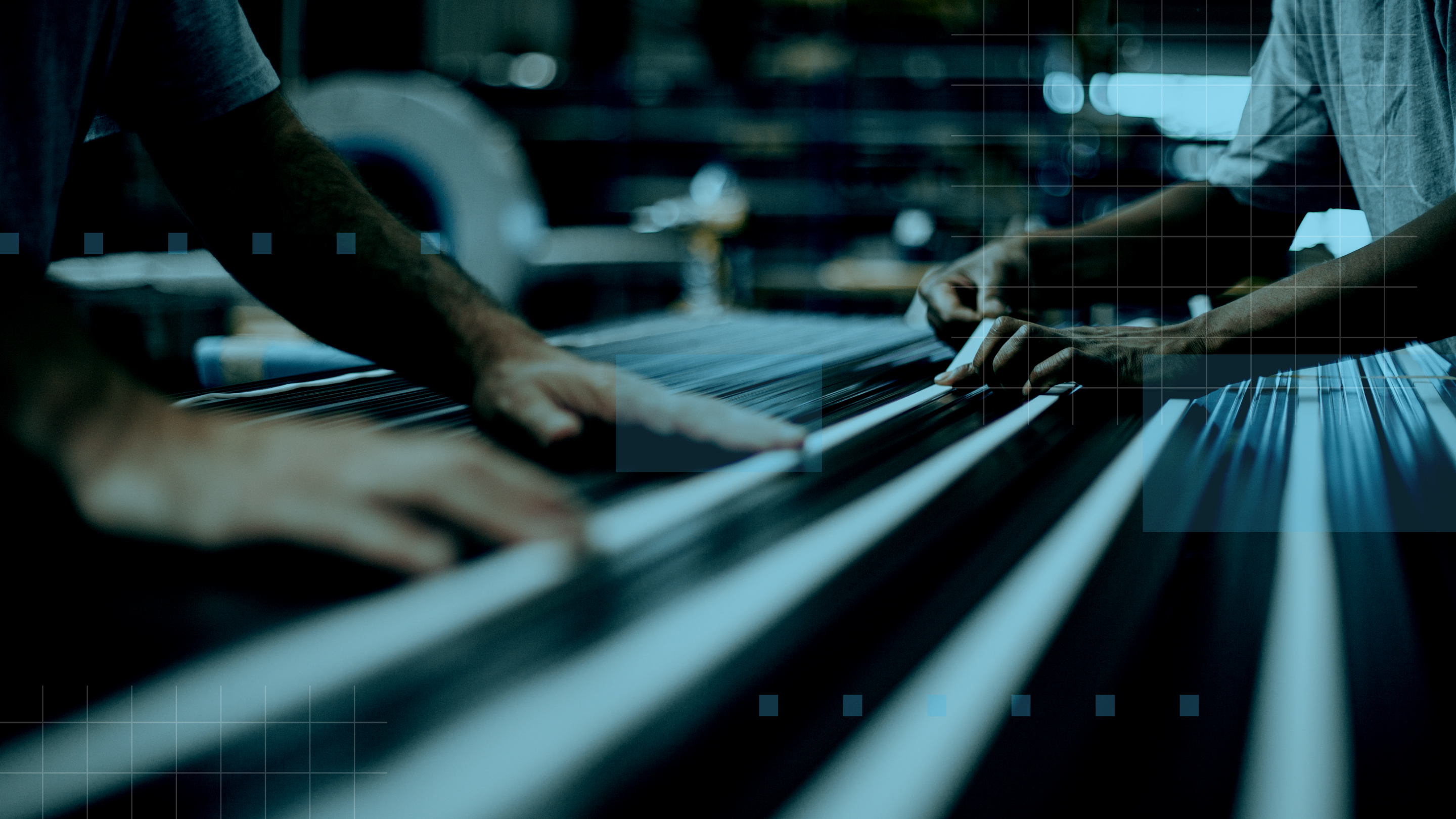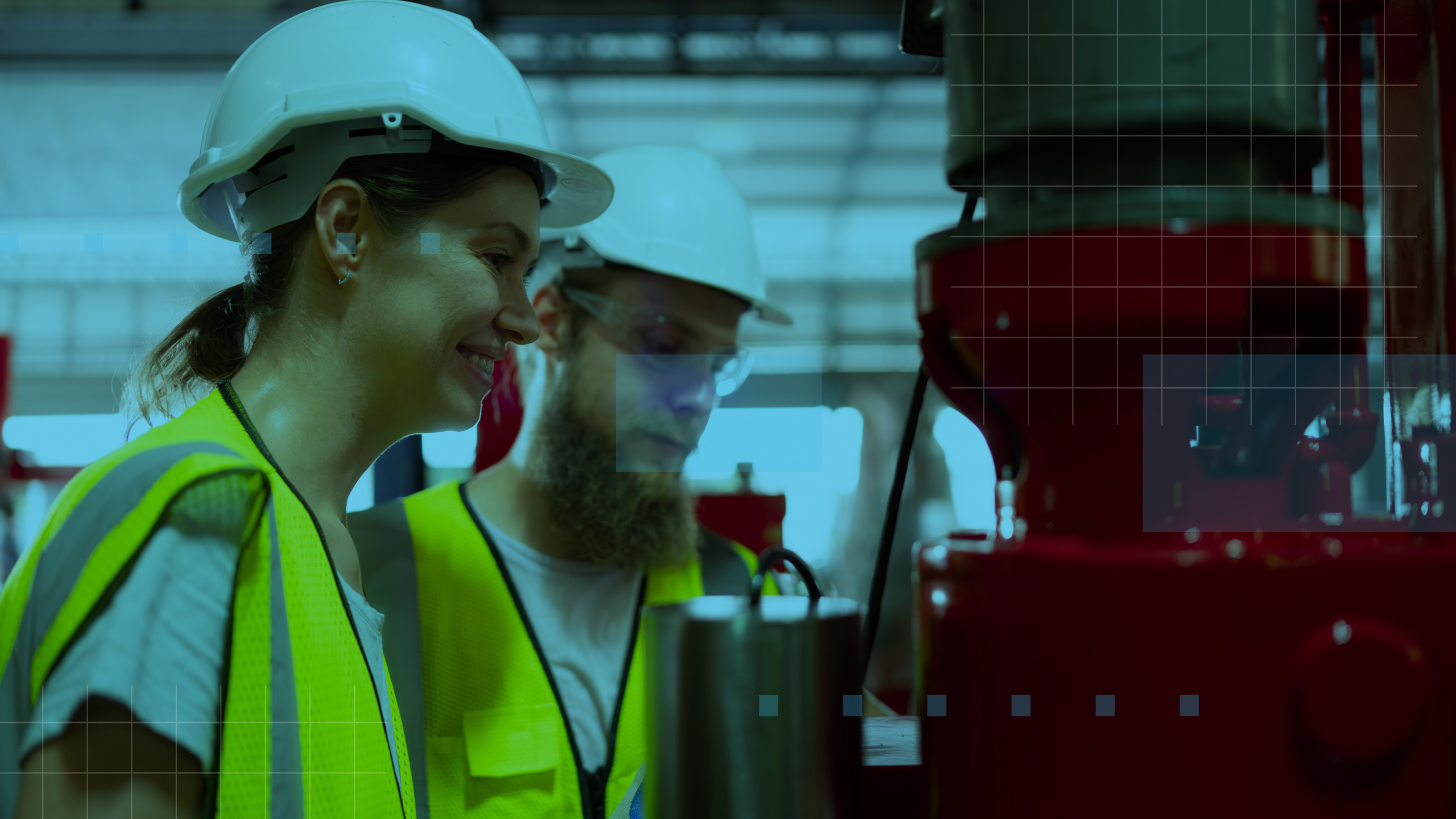Downloadable Resource
Blog
Webinar Recording
Success Story
Article
Technical Article
Video Insight
Trade Show
Webinar
Tutorial
Video Demo

Revolutionizing Manufacturing: The Path to the Factory of the Future
Join us on
November 4, 2024

Download Now
In today's rapidly evolving industrial landscape, the concept of the "Factory of the Future" is no longer a distant dream but a pressing reality in the age of Industry 4.0. As we stand on the cusp of a new era in manufacturing, it's crucial to understand that this transformation goes far beyond mere speed improvements. It's about reimagining the very essence of production and business operations.
The factory of the future is a paradigm shift that leverages emerging technologies to amplify human capabilities. It's a place where your staff can achieve feats they once thought impossible, pushing the boundaries of innovation and efficiency. But here's the catch: this revolutionary leap forward isn't possible if you're still tethered to outdated systems.
Event Details
Price:
$
USD
Location:
Virtual
Address:
The Imperative of Modernization
Many manufacturers find themselves at a crossroads, running their operations on entry-level accounting software or legacy manufacturing ERP systems. These outdated applications, while familiar, are ill-equipped to communicate with cutting-edge manufacturing technologies. They create bottlenecks, hinder innovation, and ultimately, hold your business back from reaching its full potential.
The time for upgrading your systems isn't just approaching – it's here. But how do you navigate this complex transition? This is where Acumatica's comprehensive playbook comes into play, offering invaluable guidance for manufacturers ready to embrace the future.
Charting Your Course to the Future
This playbook is more than just a manual; it's your roadmap to digital transformation. It delves into several critical areas:
- Next-Gen ERP Features: Discover the eight essential feature categories your next manufacturing ERP should possess. These features will form the backbone of your modernized operations, enabling seamless integration and enhanced productivity.
- Emerging Technologies: Learn how a state-of-the-art ERP system can support your adoption of 14 cutting-edge technologies. From AI and machine learning to IoT and advanced analytics, understand how these innovations can revolutionize your manufacturing processes.
- Digital Transformation Strategy: Navigate the complexities of digital transformation with a clear, four-step roadmap. This strategic approach ensures a smooth transition, minimizing disruptions while maximizing the benefits of your technological investments.
- Phased Implementation: Understand the four critical phases involved in creating a modern factory. This step-by-step guide helps you prioritize your efforts and allocate resources effectively, ensuring a successful transformation.
- Acumatica's Manufacturing Solution: Explore why Acumatica Manufacturing Edition stands out as an ideal solution for transforming your manufacturing business. Learn about its unique features and how it can address your specific needs.
Measuring Progress and Ensuring Success
One of the most valuable aspects of this playbook is the inclusion of a practical checklist. This tool allows you to assess your organization's progress in building the factory of the future. It serves as a reality check, helping you identify areas of strength and opportunities for improvement in your digital transformation journey.
Why This Matters
The transition to the factory of the future is not just about staying competitive; it's about redefining what's possible in manufacturing. It's about creating a workspace where technology and human ingenuity combine to produce unprecedented results. With Acumatica's cloud-based business management software, mid-sized companies can gain a complete, real-time view of their operations – anytime, anywhere. This level of insight and control is crucial in today's fast-paced, globally connected manufacturing environment.
Take the First Step
The journey to the factory of the future starts with a single step – and that step is informing yourself. By downloading this playbook, you're equipping yourself with the knowledge and tools needed to lead your manufacturing business into a new era of efficiency, innovation, and growth.
Don't let outdated systems hold you back. Embrace the future of manufacturing, and position your business at the forefront of industry innovation.
Here's a rewritten and expanded version of the content, positioned as an article without references to a playbook or specific company:
Revolutionizing Manufacturing: The Path to the Factory of the Future
In the rapidly evolving industrial landscape, the concept of the "Factory of the Future" has transitioned from a distant dream to a pressing reality. As we stand on the cusp of a new era in manufacturing, it's crucial to understand that this transformation goes far beyond mere speed improvements. It's about reimagining the very essence of production and business operations.
The factory of the future represents a paradigm shift that leverages emerging technologies to amplify human capabilities. It's an environment where staff can achieve feats once thought impossible, pushing the boundaries of innovation and efficiency. However, this revolutionary leap forward isn't possible for organizations still tethered to outdated systems.
The Imperative of Modernization
Many manufacturers find themselves at a crossroads, running their operations on entry-level accounting software or legacy manufacturing ERP systems. These outdated applications, while familiar, are ill-equipped to communicate with cutting-edge manufacturing technologies. They create bottlenecks, hinder innovation, and ultimately hold businesses back from reaching their full potential.
The time for upgrading systems isn't just approaching – it's here. But navigating this complex transition requires careful planning and execution.
Key Components of the Factory of the Future
To successfully transition to the factory of the future, manufacturers need to focus on several critical areas:
- Next-Generation ERP Features: Modern manufacturing operations require advanced ERP systems with essential features that form the backbone of modernized operations. These systems enable seamless integration and enhanced productivity across all aspects of the business.
- Emerging Technologies: State-of-the-art ERP systems support the adoption of cutting-edge technologies such as AI, machine learning, IoT, and advanced analytics. These innovations have the power to revolutionize manufacturing processes, offering unprecedented levels of efficiency and insight.
- Digital Transformation Strategy: A clear, step-by-step approach to digital transformation ensures a smooth transition, minimizing disruptions while maximizing the benefits of technological investments.
- Phased Implementation: Creating a modern factory involves critical phases that help prioritize efforts and allocate resources effectively, ensuring a successful transformation.
Measuring Progress and Ensuring Success
A crucial aspect of transitioning to the factory of the future is the ability to assess progress. Utilizing practical checklists and performance metrics allows organizations to evaluate their advancement in building the factory of the future. These tools serve as reality checks, helping identify areas of strength and opportunities for improvement in the digital transformation journey.
The Significance of Embracing Change
The transition to the factory of the future is not just about staying competitive; it's about redefining what's possible in manufacturing. It's about creating a workspace where technology and human ingenuity combine to produce unprecedented results. Advanced cloud-based business management software enables mid-sized companies to gain a complete, real-time view of their operations – anytime, anywhere. This level of insight and control is crucial in today's fast-paced, globally connected manufacturing environment.
Initiating the Transformation
The journey to the factory of the future begins with a single step – informing oneself. By educating themselves about the latest technologies, strategies, and best practices, manufacturing leaders can equip themselves with the knowledge and tools needed to guide their businesses into a new era of efficiency, innovation, and growth.
Outdated systems should not be a barrier to progress. By embracing the future of manufacturing, businesses can position themselves at the forefront of industry innovation, ready to meet the challenges and opportunities of tomorrow's industrial landscape.
As the manufacturing sector continues to evolve, those who adapt and innovate will be best positioned to thrive in an increasingly competitive global market. The factory of the future isn't just about new technologies – it's about a fundamental shift in how we approach manufacturing, emphasizing flexibility, efficiency, and continuous improvement.
By investing in modern ERP systems, embracing emerging technologies, and developing a comprehensive digital transformation strategy, manufacturers can create resilient, adaptable operations capable of meeting the demands of an ever-changing market. The future of manufacturing is here, and it's time for forward-thinking businesses to seize the opportunities it presents.











